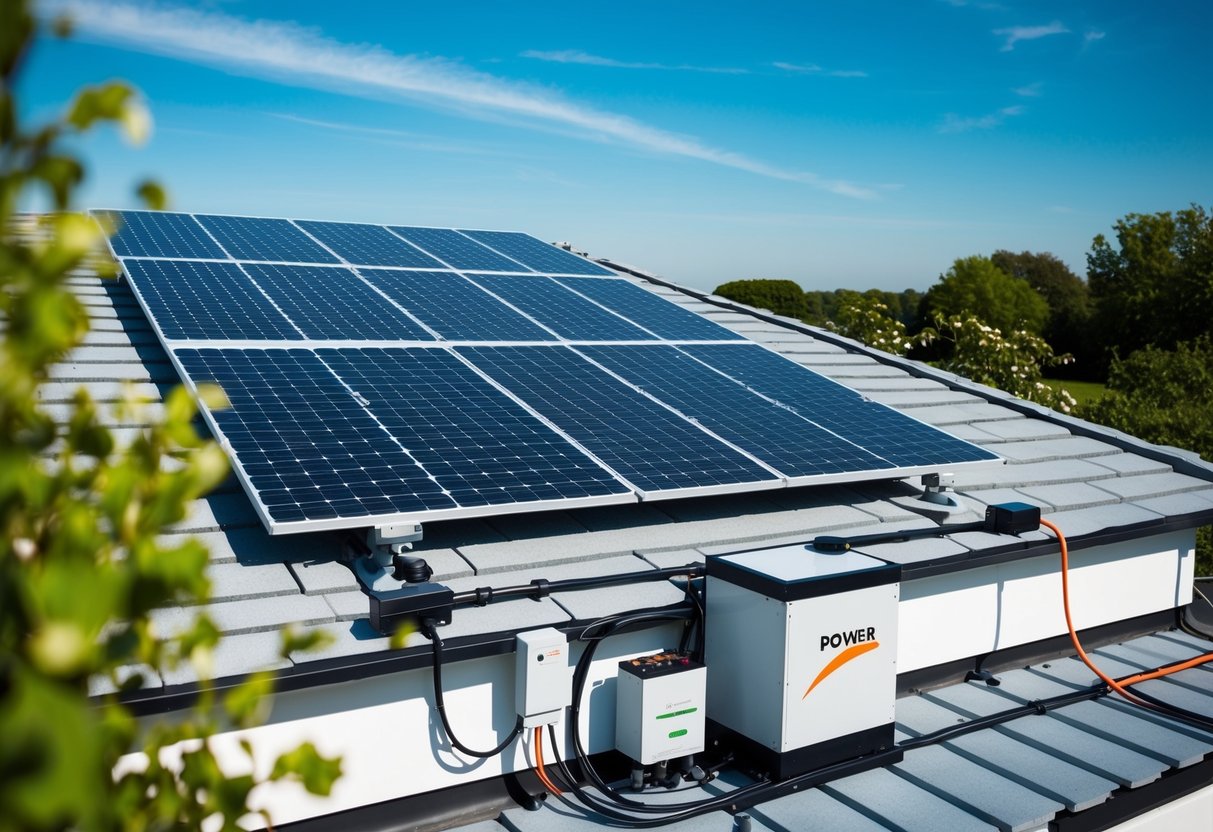Top DIY Solar Panel Kits Reviewed: Power Your Home Sustainably
Evaluating Solar Panel Kit Options
Choosing the right solar panel kit involves understanding the differences between various panel types and identifying essential features. Each type of panel comes with its own benefits and drawbacks, and selecting the right features can greatly impact efficiency and performance.
Monocrystalline vs. Polycrystalline vs. Thin-Film
Solar panel kits come in three main varieties: monocrystalline, polycrystalline, and thin-film. Monocrystalline panels are made from a single, pure crystal structure, offering higher efficiency due to their purity. They tend to be more expensive but save space with a higher energy output per square foot.
Polycrystalline panels are formed from multiple silicon fragments, making them less efficient compared to monocrystalline panels. However, they are usually more affordable and can be a viable option in large installations where panel efficiency is not the primary concern.
Thin-film panels are made by depositing photovoltaic material onto a surface like glass or metal. They’re less efficient than crystalline-based panels but are lightweight and flexible, making them ideal for unconventional spaces. Although they require more space, their aesthetic appeal can be worth the trade-off for some users.
Key Features to Consider
When evaluating solar panel kits, some key features impact both performance and cost. One critical factor is wattage, which indicates potential energy production. Higher wattage panels generally provide more power, reducing the number needed to meet energy demands.
Durability is another crucial consideration, as solar kits are long-term investments exposed to the elements. Look for kits with robust warranties that cover potential defects and output decrease over time.
Ease of installation can also be significant, especially for DIY enthusiasts. Some kits come with user-friendly instructions and necessary components, making setup more accessible for those willing to tackle installation without professional assistance.
Solar Energy System Setup

Setting up a solar energy system is an efficient way to harness renewable energy for your home. This involves careful planning and understanding your power requirements to ensure a successful DIY solar installation.
Planning Your Solar Installation
Planning is crucial when setting up a solar power system. Start by assessing the available space, such as rooftops or yards, for solar panel placement. It is essential to evaluate sun exposure to maximize energy capture. A location with direct sunlight throughout the day is ideal.
Next, research local regulations and permits required for solar installations in the area. This helps avoid legal complications later. Ensure the structural integrity of the installation site to support the panels and related equipment. Consulting with experienced solar installers can provide valuable insights and prevent potential pitfalls.
Evaluate different solar panel kits based on efficiency, price, and warranty. Assess the inverter and battery storage options to meet your energy needs. Consider future expansions and ensure the selected system allows scalability. Finally, create a detailed installation plan, allocating time and resources effectively to execute each step.
Determining Your Energy Needs
Determining energy needs is a foundational step in setting up a solar energy system. Start by reviewing past utility bills to understand average power consumption. Identify peak energy usage times and calculate the total kilowatt-hours required for daily function.
Consider implementing energy-saving measures to reduce overall consumption before installation. List essential appliances and devices that require constant power, such as refrigerators and medical equipment. Calculate their energy draw to ensure your system meets these demands during low sunlight periods.
Factor in potential growth or changes in energy usage. For instance, anticipate increased consumption if adding electric vehicles or expanding living space. Incorporating future energy needs into your calculations ensures the solar setup remains effective over the years. Use energy calculators and consult professionals to refine estimates accurately.



